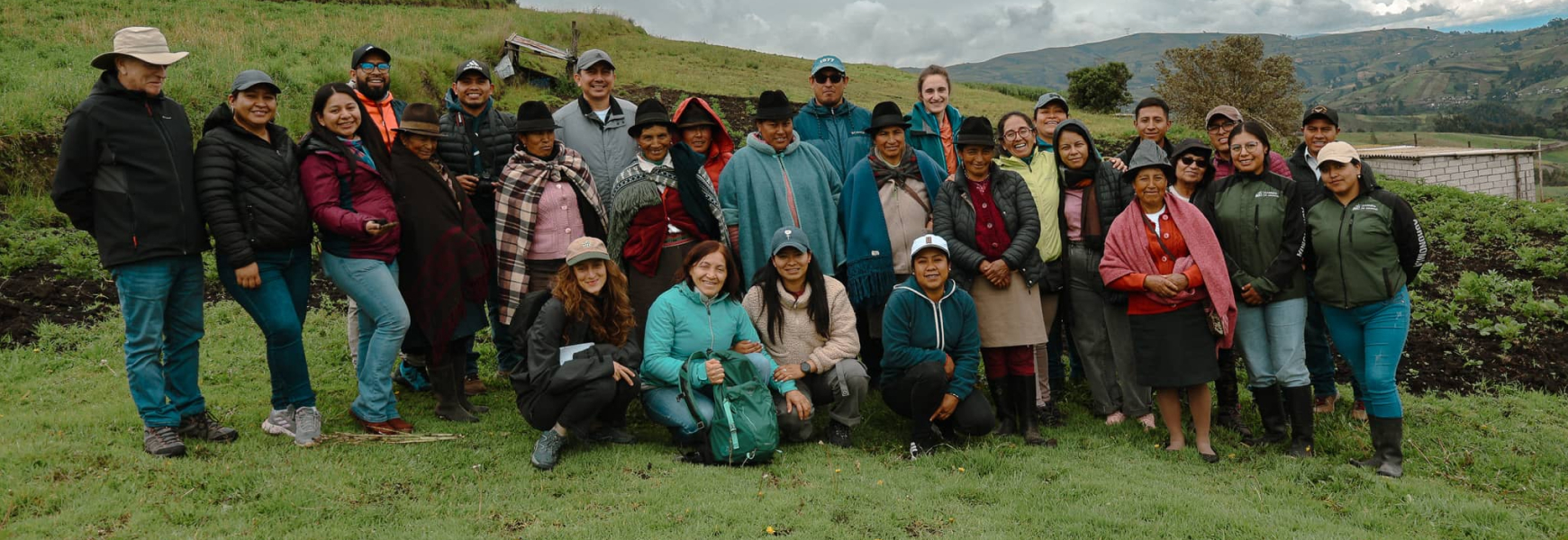Agroecology in Latin America & the Caribbean: Learnings from the 2025 Regional Conference
This blog was originally written in Spanish. Read it here.
From March 24 to 28, 2025, Groundswell International’s partner organizations across Latin America and the Caribbean (LAC) gathered in Ecuador for the 2025 Regional Conference. Representatives from Guatemala, Mexico, Honduras, Haiti, and Ecuador came together for five days of hands-on exchanges, reflection, and strategy. Through field visits, shared learning, and collective planning, they deepened regional collaboration to strengthen agroecology and community resilience across diverse territories.
Soil as a starting point
The conference opened with a visit to Urkuwayku, a family-run agroecological farm in the Andes. There, participants explored regenerative practices like solid and liquid fertilizers, vegetation cover, living barriers to prevent erosion, and the central role of microorganisms and fungi in building soil health.
Several reflections pointed to the link between agroecology, ancestral knowledge, and care for life. Questions emerged about how we observe the land, what role women have played in its protection, and how peasant experience has built knowledge without necessarily naming it ‘technology.’ Participants learned about the essential harmony between all elements in an agroecological farm: the cooling shade of trees, the micororganisms feeding the soil, and the relationship between leaves, roots, and fungi.
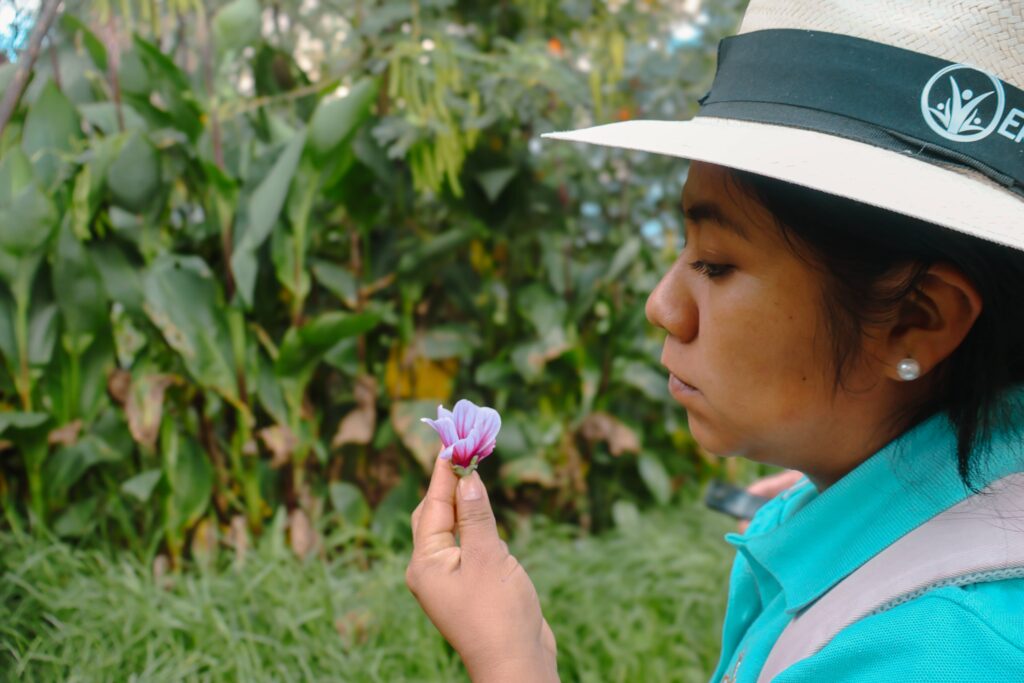
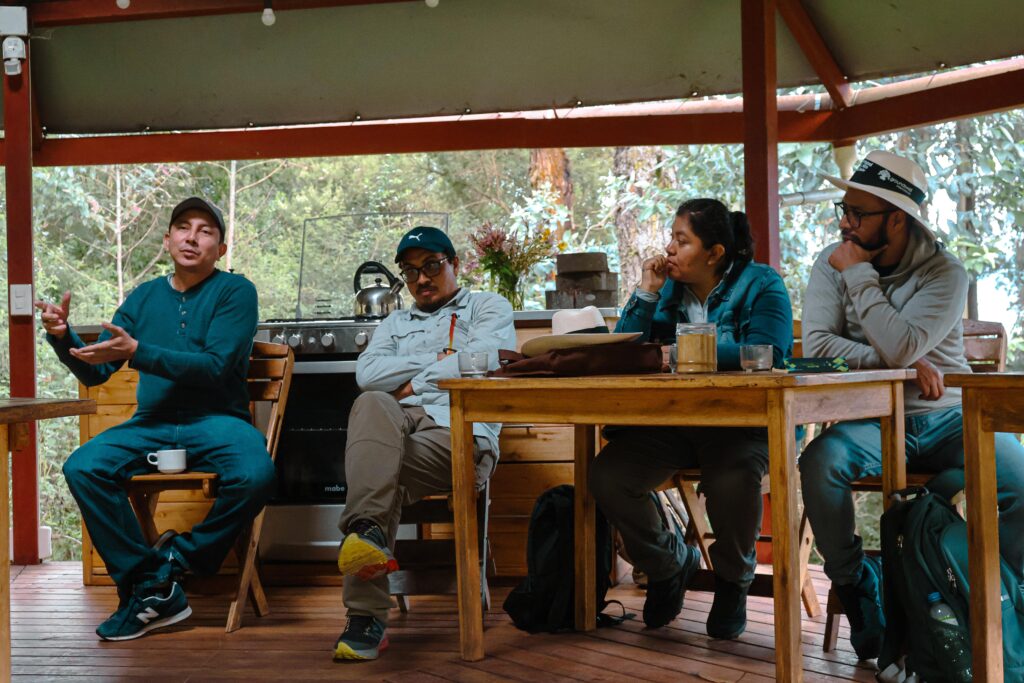
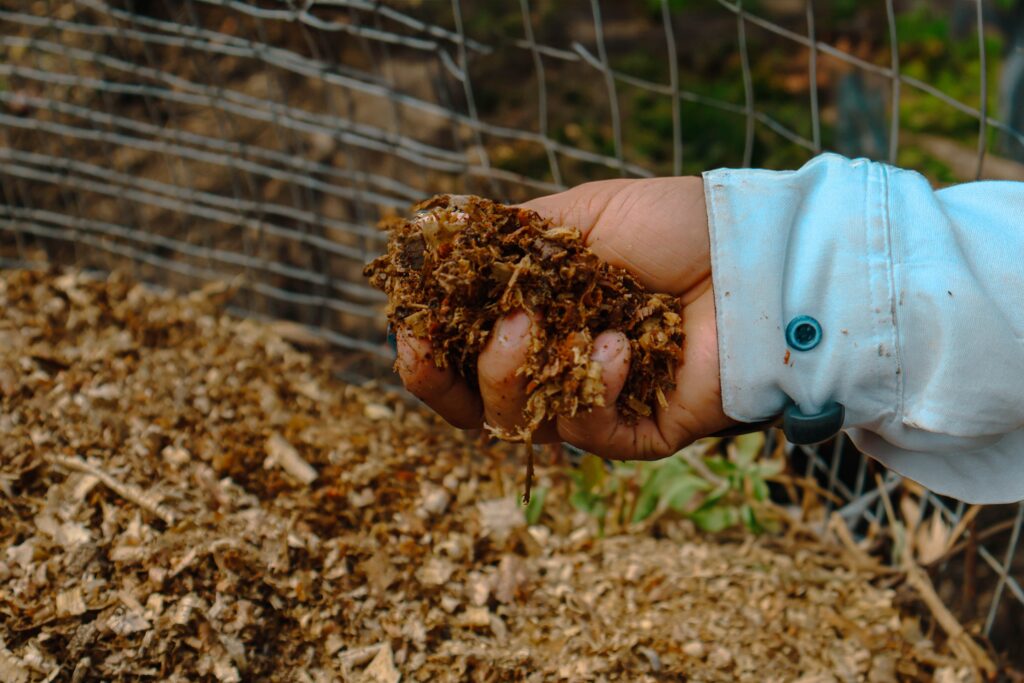
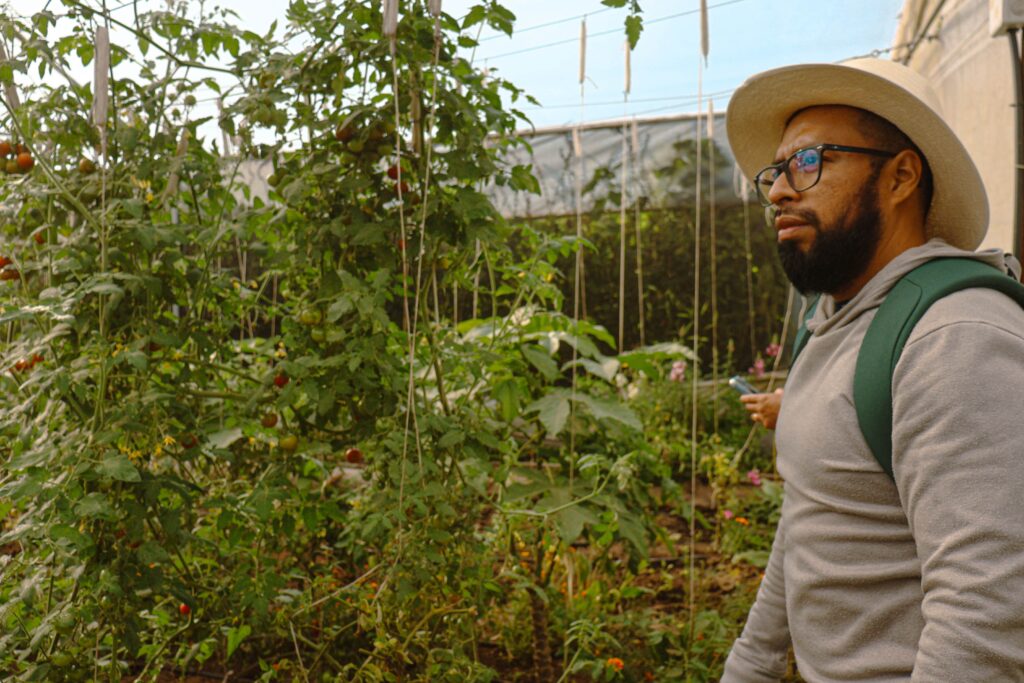
A regional lens on gender and youth
The second day shifted toward a collective analysis of shared challenges across the region. Participants shared striking data reflecting the disproportionate burden carried by rural women across Latin America. These included the hours women spend each day fetching water, and the persistent gaps in access to resources, decision-making spaces, and leadership roles.
Youth participation was another key focus. While young people are involved in many organizations, they often lack real influence or leadership roles. Migration came up repeatedly—driven by limited opportunities in rural areas—and participants reflected on how to create meaningful futures for youth within their communities. Suggestions included connecting agroecology with digital literacy, investing in youth leadership training, and challenging the dominant narratives that push young people to leave.
Throughout the day, organizations shared how they’re tackling these issues on the ground:
- Centéotl (Mexico) highlighted work with bancommunities and local food systems led by Oaxacan women.
- Vecinos Honduras and ACESH showcased youth organizing, native seed recovery, and resistance to mining.
- AGRIDIVI and Qachuu Aloom (Guatemala) talked about their intergenerational agroecology work and leadership training.
- Voces y Manos (Guatemala) presented their youth leadership model.
- PDL (Haiti) underscored their commitment to women’s and youth economic empowerment in rural areas.

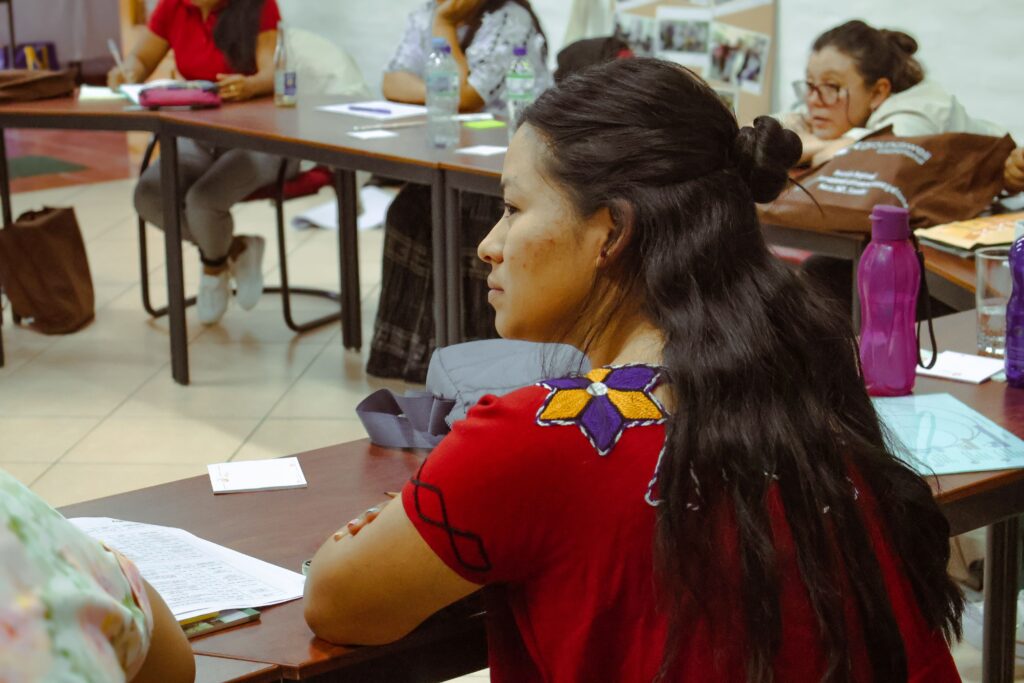
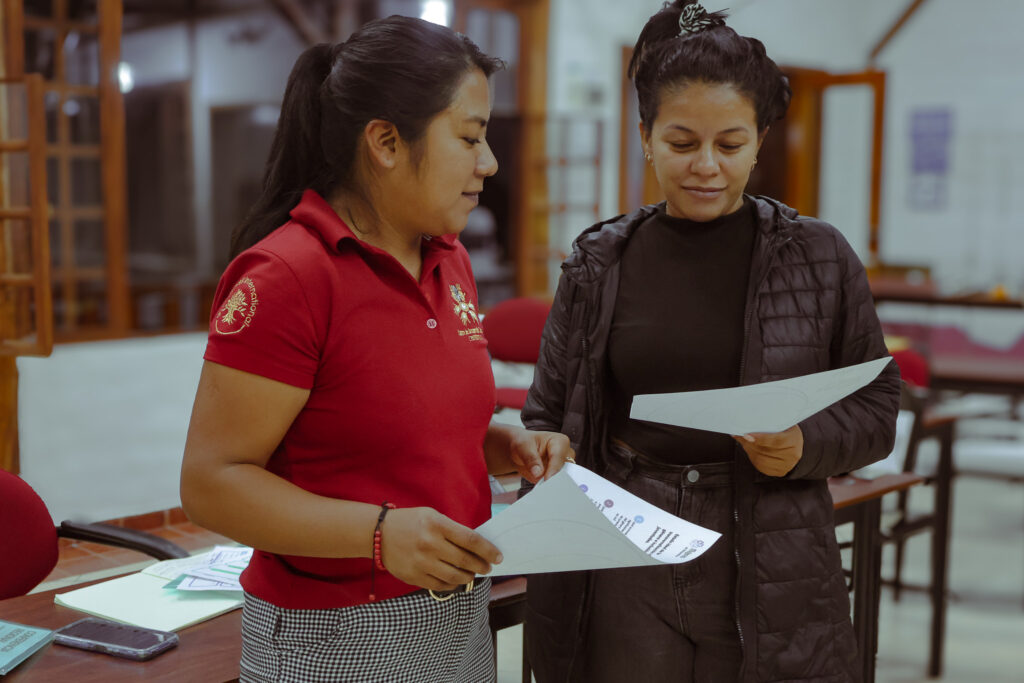
Feminist agroecology and youth leadership
Wednesday’s agenda was dedicated to learning about La Divina Papaya, an agroecological project led by two young Ecuadorian sisters. La Divina Papaya creates diverse flower-based products such as teas, snacks, and sweets. The visit included tours of flower gardens, processing areas, educational spaces, and marketing processes. Key discussion topics included building a business with limited resources, regenerative approaches to floriculture, collaboration with local communities, and the balance between business productivity, personal development, and organizational structure.
La Divina Papaya’s business model shows that it is possible to build sustainable initiatives rooted in local participation, autonomy, and connection to the land.

Women’s Networks and the Role of Documentation
On the fourth day, the conference traveled to the Atocha community. In this small village above 2800m in the Andes, Kichwua women have maintained a collective savings group since the 1980s. Over the years, they’ve expanded into agroecological experimentation, trialing different approaches to fight pest and diseases like La Punta Morada. Participants were struck by their clarity of purpose, economic autonomy, and ability to adapt and lead collectively.
In the afternoon, the delegation visited Unalagua, where a women’s agroecology collective works hand-in-hand with a group of Youth Storytellers. Together, they’re documenting their community’s work, elevating communication as a participatory tool and a form of collective memory.
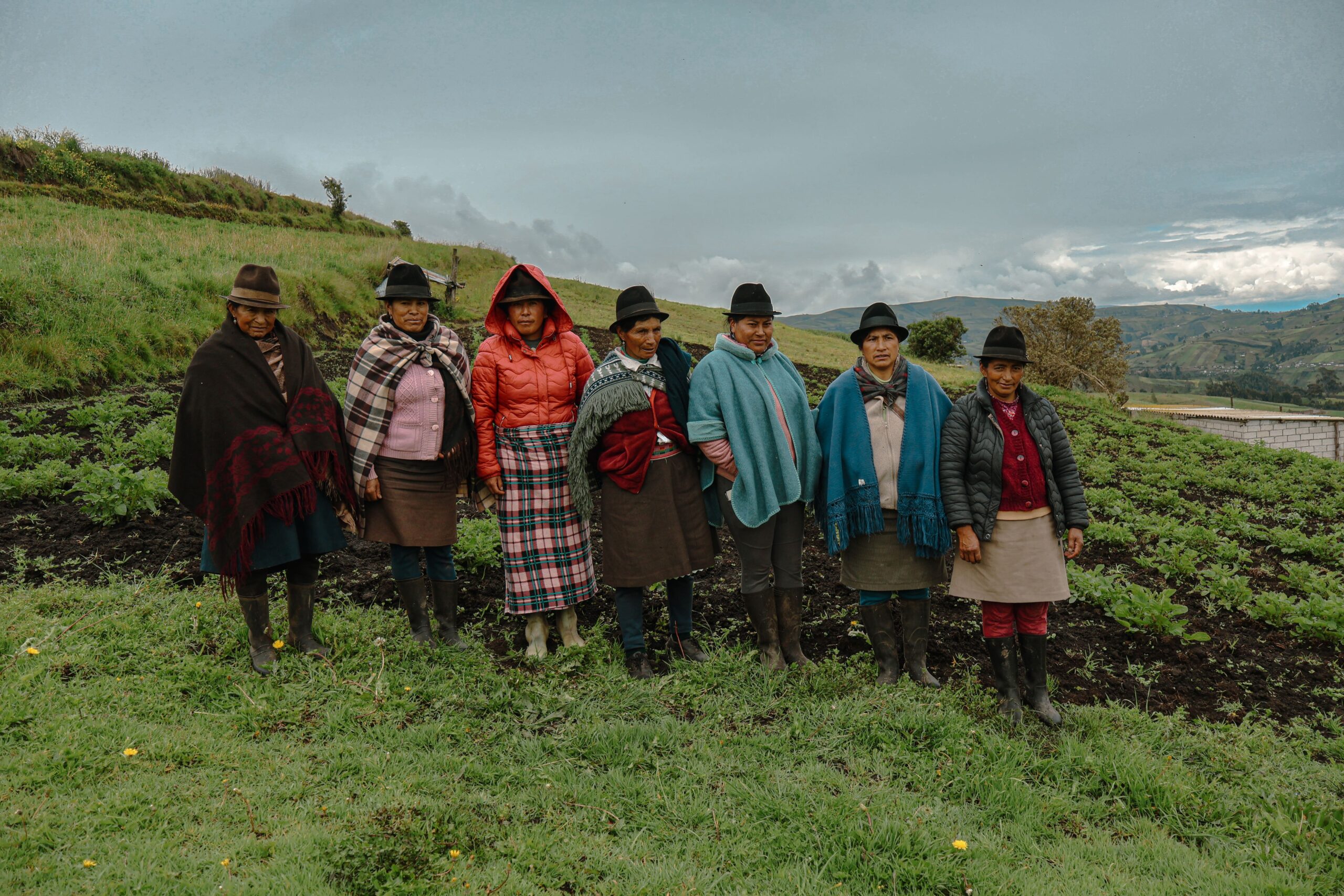
Grounding strategy in ethics and shared vision
On the final day, participants explored how to lead community organizing in ways that are ethical and grounded in mutual respect. How do we ensure free, informed consent when working with communities? How can organizations avoid extractive practices and instead build fair, collaborative partnerships?
From there, participants explored how to measure change. They discussed different types of indicators—results, processes, context—and introduced the concept of “outcome harvesting” as a way to recognize long-term, non-linear transformation. Each organization began outlining indicators relevant to their work, from soil health to women’s leadership to technology adoption and youth participation.
These insights will feed into Groundswell International’s 2025–2027 Regional Plan for Latin America and the Caribbean. Partners also agreed to convene a regional gathering of Young Storytellers later this year.
This conference was a collective space for listening, learning, and building the next stages together. Each day left behind practical tools, new perspectives, and renewed commitments. What emerged was a shared conviction: the most powerful changes are born in the territory, shaped through solidarity, and sustained by long-term grassroots organizing.
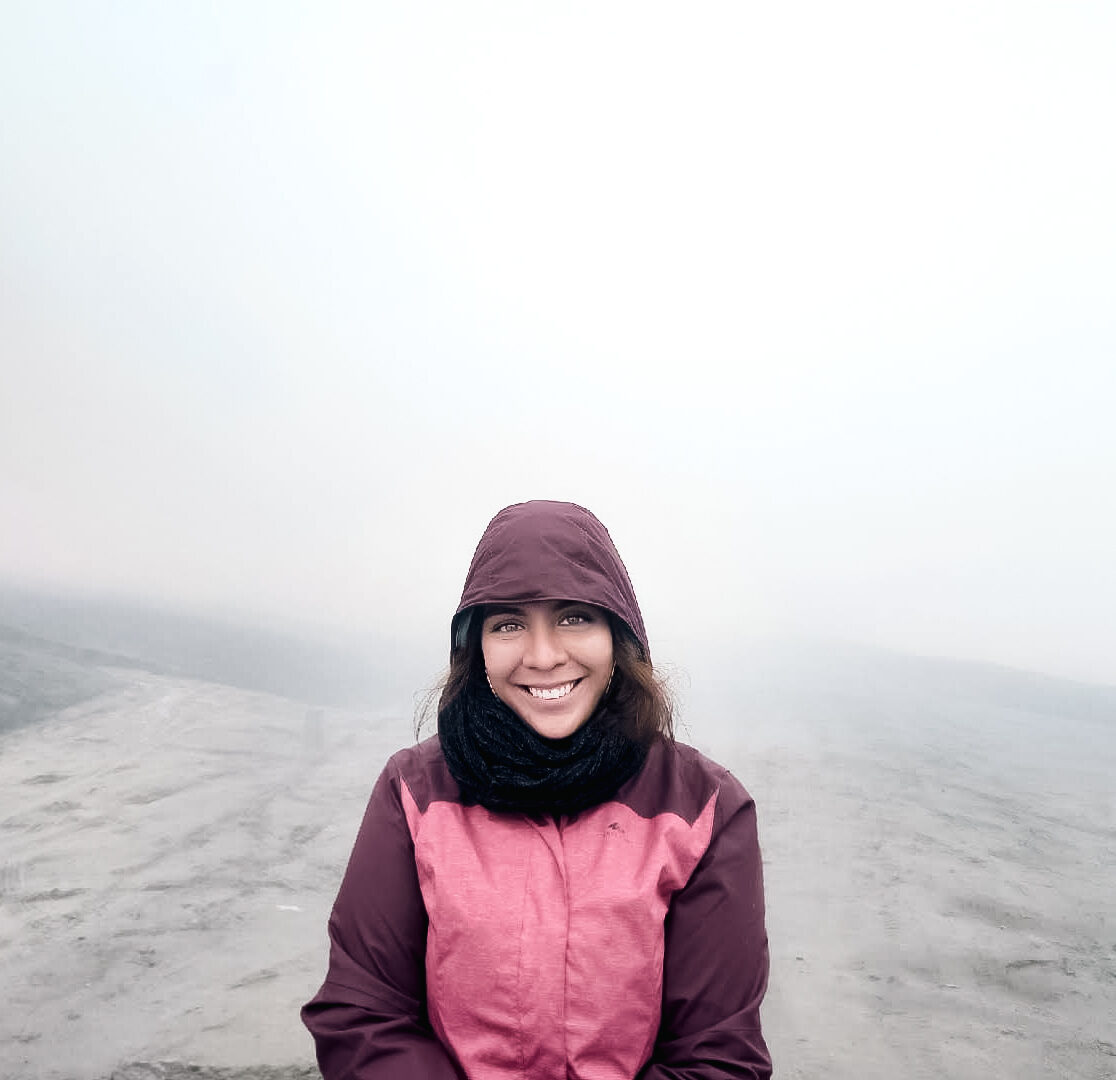
About the author
Luisa María Castaño Hernández
Luisa María Castaño Hernández is the Latin America and the Caribbean Communications Coordinator at Groundswell International. She has experience in media in different countries, content development in multimedia and print formats, fiction and non-fiction writing and editing.
She has played a leading role in the formulation and implementation of communication strategies for projects of institutions working for the preservation of cultural heritage and biodiversity, the strengthening of education and the integration of migrants. She has also participated in the development of museographic scenarios, curating exhibition cycles and educational experiences in art and science museums. She is a journalist, artist, and has a Masters in Humanistic Studies.

